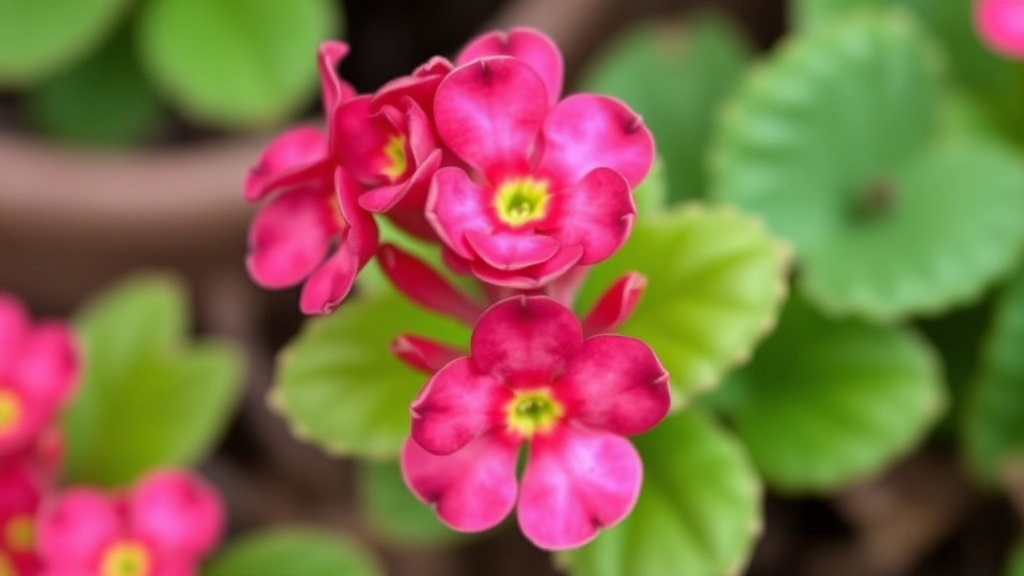Kalanchoe Chocolate Soldier Plant
If you’re looking to add a unique and striking succulent to your collection, the Kalanchoe Chocolate Soldier Plant is a fantastic choice. Known for its fuzzy, chocolate-edged leaves, this plant is as easy to care for as it is beautiful. Let’s dive into the best practices for growing and maintaining your Kalanchoe Chocolate Soldier Plant.
Best Practices for Care
First, ensure your Chocolate Soldier Plant gets plenty of bright, indirect light to prevent leggy growth. Watering should be done sparingly, allowing the soil to dry out completely between waterings. A well-draining soil mix is crucial, and maintaining moderate temperatures will keep your plant thriving. With the right care, your Kalanchoe Chocolate Soldier Plant will be a stunning addition to any indoor or outdoor garden.
Key Factors for Optimal Growth
- Light:
- Bright, indirect sunlight is essential.
- Too much direct sunlight can scorch the leaves, while too little can lead to leggy growth.
- Water:
- Allow the soil to dry out completely between waterings.
- Overwatering can lead to root rot, a common issue for succulents.
- Soil:
- Use a well-draining soil mix, such as a cactus or succulent blend.
- This helps prevent water retention, which can harm the roots.
- Temperature:
- Ideal temperatures range from 18°C to 24°C.
- Avoid exposing your plant to temperatures below 10°C.
- Humidity:
- Low humidity is preferred; these plants thrive in dry conditions.
- High humidity can lead to fungal issues.
By focusing on these factors, you can create a nurturing environment for your Chocolate Soldier. For more detailed guidance, check out our complete guide to Kalanchoe Tomentosa care. Additionally, if you are interested in propagating this plant, our step-by-step guide on propagating Kalanchoe Tomentosa can be very helpful.
Light and Placement: How to Prevent Leggy Growth
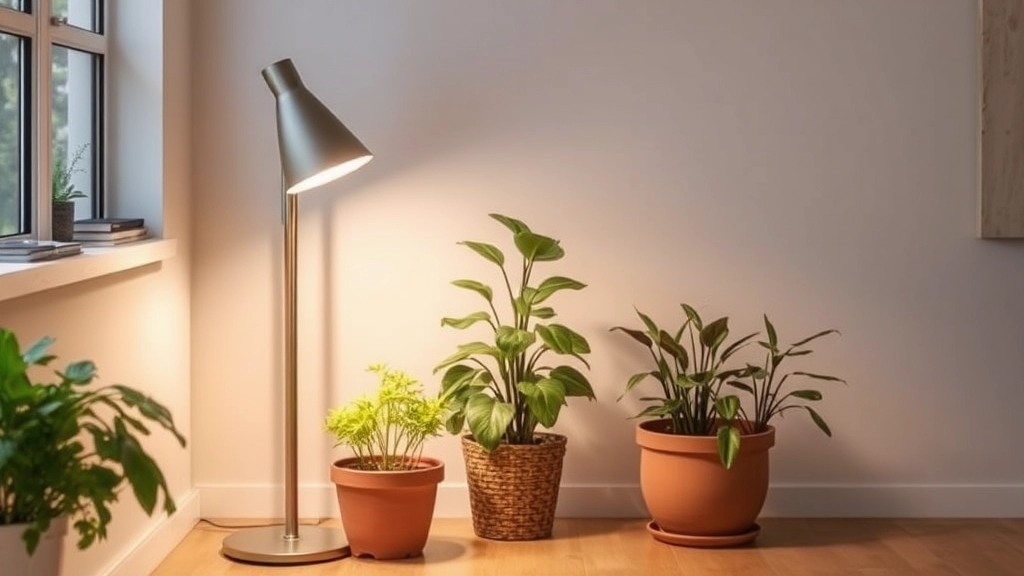
So, you’ve got your Chocolate Soldier plant, and now you’re wondering why it’s stretching out like it’s trying to reach the sun.
Leggy growth is a common issue, and it’s usually a sign that your plant isn’t getting enough light. Here’s how to keep your Kalanchoe tomentosa looking bushy and vibrant.
The Importance of Light
- Bright, Indirect Light: These plants thrive in bright, indirect sunlight. A south or west-facing window is ideal.
- Avoid Direct Sun: While they love light, too much direct sun can scorch their leaves.
Placement Tips
- Rotate Regularly: Turn your plant every few weeks to ensure even growth. This helps all sides get their fair share of light.
- Distance Matters: Keep your plant about 12-18 inches away from the window. This distance usually strikes the right balance.
Signs of Leggy Growth
- Stretched Stems: If you notice long, spindly stems reaching for light, it’s time to adjust their placement.
- Small Leaves: Tiny leaves at the end of long stems indicate your plant is desperate for more light.
Quick Fixes
- Move It: If it’s too far from the light source, bring it closer.
- Supplemental Lighting: Consider grow lights if natural light is limited, especially in winter.
Proper Watering Techniques for Kalanchoe Tomentosa
Are you struggling to find the right balance when it comes to watering your Chocolate Soldier plant?
Getting the watering technique just right is crucial for the health of your Kalanchoe Tomentosa. Overwatering can lead to root rot, while underwatering can cause your plant to wilt. Here’s how to ensure your succulent thrives.
Understanding Watering Needs
Kalanchoe Tomentosa prefers a specific watering routine:
IV. The Best Soil Mixes for Healthy Growth

Choosing the right soil mix is crucial for the thriving health of your Chocolate Soldier plant. Many plant enthusiasts often wonder what type of soil will provide the best drainage and nutrients for their Kalanchoe tomentosa.
Why Soil Matters
The right soil not only supports healthy growth but also prevents issues like root rot. Here’s what to consider when selecting your soil:
- Drainage: Kalanchoe tomentosa prefers well-draining soil. A mix that retains some moisture but allows excess water to escape is ideal.
- Nutrients: Incorporating organic matter can provide essential nutrients, promoting vibrant growth.
Recommended Soil Mixes
Here are some soil mixes that work wonders for Chocolate Soldier plants:
- Cactus Mix: A pre-made cactus mix is often a great choice, as it’s designed for excellent drainage.
- DIY Mix: Create your own blend with:
- 50% potting soil
- 25% perlite or pumice (for drainage)
- 25% coarse sand (for aeration)
- Succulent Mix: Look for commercial succulent mixes that are formulated specifically for plants like Kalanchoe.
Tips for Soil Maintenance
- Check pH Levels: Aim for a slightly acidic to neutral pH (around 6.0 to 7.0).
- Repotting: Consider repotting every couple of years to refresh the soil and provide more room for growth.
When caring for your Chocolate Soldier plant, understanding its temperature and humidity preferences is essential for optimal growth.
### Ideal Temperature Range
The Chocolate Soldier plant, or Kalanchoe tomentosa, thrives in a warm environment.
– **Optimal Temperature**: 20°C to 25°C (68°F to 77°F) during the day.
– **Nighttime Temperature**: It can tolerate slightly cooler temperatures, ideally not dropping below 10°C (50°F).
Maintaining these temperatures helps prevent stress and encourages healthy growth.
### Humidity Levels
Humidity plays a significant role in the health of your succulent.
– **Preferred Humidity**: Low to moderate humidity levels, around 30% to 50%, are ideal.
– **Avoid High Humidity**: Excess moisture can lead to root rot and other issues.
If your home tends to be humid, consider using a dehumidifier or placing the plant in a well-ventilated area.
### Practical Tips
To create the best environment for your Chocolate Soldier plant, consider these tips:
– **Placement**: Keep your plant indoors, away from drafts and sudden temperature changes.
– **Seasonal Adjustments**: In winter, ensure your plant is not near heating vents or cold windows.
By providing the right temperature and humidity, you set the stage for vibrant growth and resilience. For more detailed care instructions, you can refer to the [complete care guide for Kalanchoe Panda Plant](https://planthq.org/complete-care-guide-for-kalanchoe-panda-plant/). Additionally, if you’re interested in propagation methods, check out our [Kalanchoe tomentosa propagation guide](https://planthq.org/kalanchoe-tomentosa-propagation-guide-stepbystep-tips/).
Fertilizing the Chocolate Soldier Plant: Tips for Optimal Growth
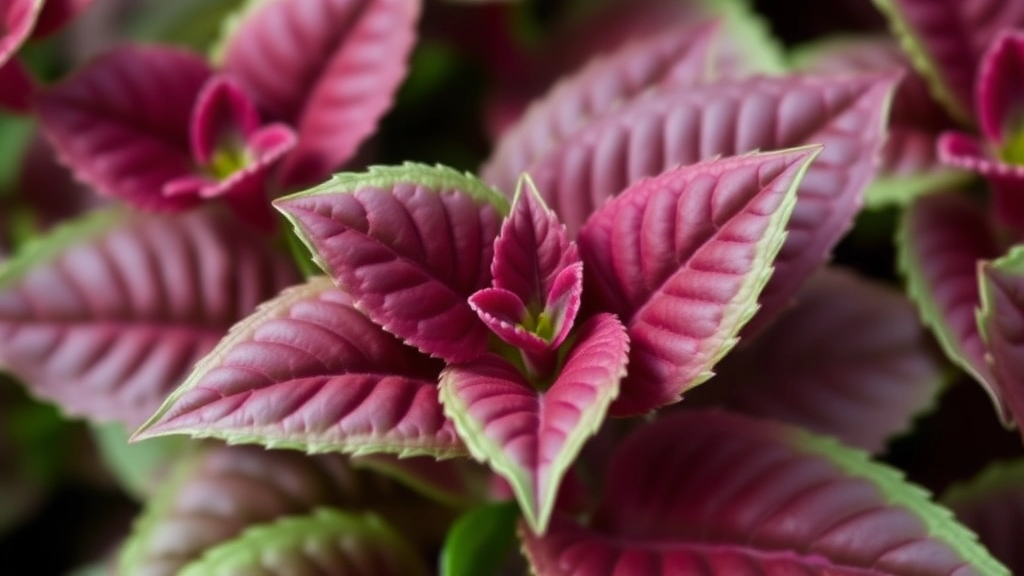
So, you’ve got your Chocolate Soldier plant thriving, but how do you give it that extra boost?
Fertilizing can feel tricky, but it’s essential for keeping your Kalanchoe Tomentosa vibrant and healthy.
When to Fertilize
- Growing Season: Fertilize during the spring and summer when your plant is actively growing.
- Frequency: Once a month is usually enough, but always check your plant’s response.
What Type of Fertilizer?
- Balanced Fertilizer: Look for a balanced, water-soluble fertilizer, like a 10-10-10 mix.
- Dilution: Always dilute it to half the recommended strength. Too much can burn those lovely leaves!
Application Tips
- Moist Soil: Apply fertilizer to moist soil to help prevent root burn.
- Avoid Leaves: Be careful not to get fertilizer on the leaves; it can cause spotting.
Signs Your Plant Needs More Nutrients
- Pale Leaves: If you notice yellowing, it might be time for a feed.
- Stunted Growth: If your plant seems to be slowing down, it’s a sign it could use a nutrient boost.
Other Considerations
- Organic Options: If you’re into organic gardening, consider using compost or a diluted fish emulsion.
- Seasonal Adjustments: As autumn rolls in, cut back on fertilizing to give your plant a rest.
How to Propagate the Chocolate Soldier Succulent
If you’ve enjoyed nurturing your Chocolate Soldier plant, you may be wondering how to propagate it. Propagation allows you to expand your collection or share this unique succulent with friends.
Common Pests and How to Treat Them
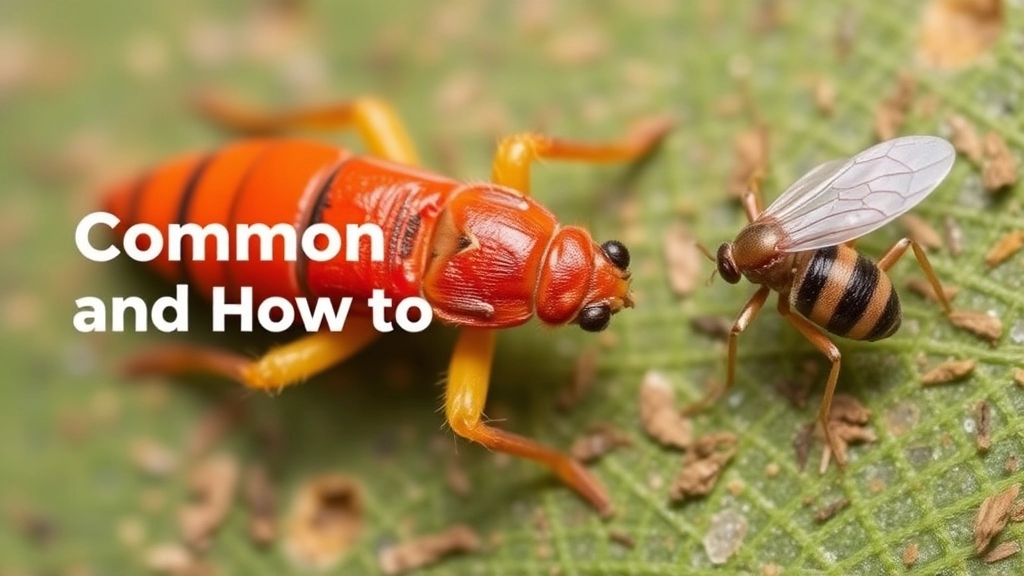
So, you’ve got your Chocolate Soldier plant thriving, but suddenly you notice some unwelcome guests. Pests can be a real pain, right? Don’t worry; I’ve got your back.
Common Pests to Watch For
- Mealybugs
These little white fluff balls love to hide in the nooks and crannies of your plant. They suck the sap, making your succulent weak. - Spider Mites
Tiny and sneaky, spider mites can create a web-like mess on your plant. If you notice tiny dots on the leaves, that’s a red flag. - Aphids
These green or black bugs can cluster on new growth, causing stunted leaves and potential disease. - Scale Insects
Scale looks like small bumps on the stems and leaves. They can be hard to spot but can do significant damage.
How to Treat Them
- Inspect Regularly
Check your plant every week. Catching pests early makes a huge difference. - Soap Solution
Mix a few drops of dish soap with water. Spray it on the affected areas. It suffocates the pests without harming your plant. - Neem Oil
This natural remedy works wonders. Just mix it with water and apply it to your plant. It’s safe and effective against most pests. - Rubbing Alcohol
For mealybugs and scale, dab a cotton swab in rubbing alcohol and apply it directly to the pests. They won’t stand a chance! - Isolation
If you find a heavily infested plant, isolate it to prevent the pests from spreading to your other plants.
Prevention is Key
- Clean Leaves
Wipe down the leaves regularly. Dust can attract pests. - Healthy Environment
Keep your plant healthy with the right light, water, and soil. A strong plant is less likely to attract pests. - Quarantine New Plants
Always keep new plants separate for a couple of weeks. This way, you can ensure they’re pest-free before introducing them to your collection.
Recognizing and Preventing Root Rot
Have you noticed your Chocolate Soldier plant looking a bit off? Perhaps the leaves are yellowing or the stems are soft. These are common signs of root rot, a condition that can quickly jeopardize your succulent’s health. Understanding how to identify and prevent root rot is crucial for maintaining a thriving Kalanchoe tomentosa.
Signs of Root Rot
Recognizing root rot early can save your plant. Here are some telltale signs:
- Yellowing Leaves: If the leaves start to lose their vibrant green colour, it’s a warning sign.
- Soft or Mushy Stems: Healthy stems should feel firm. If they’re squishy, root rot may be the culprit.
- Foul Odour: A rotten smell emanating from the soil can indicate decaying roots.
- Wilting: Despite proper watering, wilting can signal that the roots are not functioning correctly.
Preventing Root Rot
Prevention is always better than cure. Here are some practical steps to keep root rot at bay:
- Well-Draining Soil: Use a cactus or succulent mix that allows excess water to escape easily.
- Proper Watering Schedule: Allow the soil to dry out completely between waterings.
- Pot with Drainage Holes: Ensure your pot has adequate drainage to prevent water accumulation.
- Avoid Overwatering: Stick to a routine; it’s better to underwater than to overwater.
- Monitor Humidity Levels: Excess humidity can contribute to root rot. Keep your plant in a well-ventilated area.
What to Do if Root Rot Occurs
If you suspect root rot despite your best efforts, quick action is essential:
- Remove the Plant: Carefully take the plant out of its pot.
- Inspect the Roots: Trim away any black or mushy roots with sterilized scissors.
- Repot: Use fresh, dry soil and a clean pot to repot your plant.
For more detailed care tips, you might want to explore our Kalanchoe tomentosa care guide and learn about the causes and solutions for soft leaves in Kalanchoe plants.
Seasonal Care: Adjusting Watering and Light in Winter
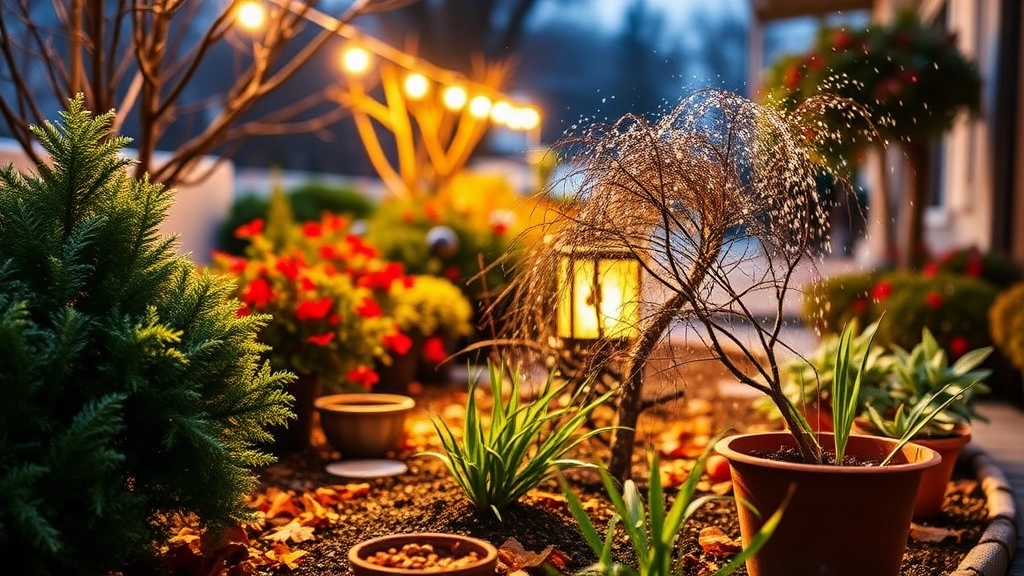
As we transition into the colder months, it’s crucial to rethink how we care for our Chocolate Soldier plants.
Are you worried your succulent might not survive the winter?
You’re not alone! Many plant parents share this concern. The good news? With a few simple adjustments, your Kalanchoe Tomentosa can thrive even in the chillier season.
Here’s what you need to keep in mind:
- Light Changes:
- Days get shorter, so your plant might not be getting enough light.
- Move it to a brighter spot, ideally south or west-facing windows.
- If natural light is limited, consider using a grow light to supplement.
- Watering Adjustments:
- In winter, your plant’s growth slows down, meaning it needs less water.
- Check the soil moisture before watering—let it dry out completely between waterings.
- A good rule of thumb? Water every 2-3 weeks, depending on humidity levels.
- Humidity Levels:
- Indoor heating can dry out the air, but succulents prefer lower humidity.
- If your home is particularly dry, consider using a humidity tray or misting occasionally.
- Temperature Awareness:
- Keep your plant in a spot where temperatures stay above 10°C (50°F).
- Avoid placing it near drafty windows or heating vents.
Troubleshooting: Common Issues and Solutions for Healthy Leaves
As we delve into the common challenges faced by those caring for the Chocolate Soldier plant, it’s essential to understand how to keep its leaves vibrant and healthy.
FAQs About the Kalanchoe Chocolate Soldier Plant
What kind of light does the Chocolate Soldier plant need?
The Chocolate Soldier plant thrives in bright, indirect light. A south or west-facing window is ideal. Avoid direct sunlight as it can scorch the leaves.
How can I prevent my Chocolate Soldier plant from becoming leggy?
Leggy growth usually indicates insufficient light. To prevent this, ensure your plant gets enough bright, indirect light and rotate it regularly to promote even growth.
What is the best soil mix for the Chocolate Soldier plant?
The plant prefers well-draining soil. A cactus mix or a DIY blend of 50% potting soil, 25% perlite or pumice, and 25% coarse sand works well.
How often should I fertilize my Chocolate Soldier plant?
Fertilize during the growing season (spring and summer) once a month using a balanced, water-soluble fertilizer diluted to half strength.
What are common pests that affect the Chocolate Soldier plant, and how can I treat them?
Common pests include mealybugs, spider mites, aphids, and scale insects. Treat them with a soap solution, neem oil, or rubbing alcohol, and inspect your plant regularly.
How should I adjust care for my Chocolate Soldier plant in winter?
In winter, move the plant to a brighter spot, reduce watering to every 2-3 weeks, and ensure the temperature stays above 10°C (50°F). Consider using a grow light if natural light is limited.
What are the signs that my Chocolate Soldier plant needs more nutrients?
Pale leaves and stunted growth are indicators that your plant may need more nutrients. Consider feeding it with a balanced fertilizer during the growing season.
How can I prevent pests from infesting my Chocolate Soldier plant?
Regularly clean the leaves, maintain a healthy environment with proper light, water, and soil, and quarantine new plants before introducing them to your collection.
Should I repot my Chocolate Soldier plant, and if so, how often?
Repot the plant every couple of years to refresh the soil and provide more room for growth. Ensure the new pot has good drainage.
What are the ideal temperature and humidity levels for the Chocolate Soldier plant?
The plant prefers temperatures above 10°C (50°F) and lower humidity. Avoid placing it near drafty windows or heating vents.
References
-
How to Grow and Care for Chocolate Soldier Plant
-
Chocolate Soldier Plant Care: Growing Kalanchoe Tomentosa Indoors
-
Kalanchoe: How to Grow and Care for Kalanchoe Plants
